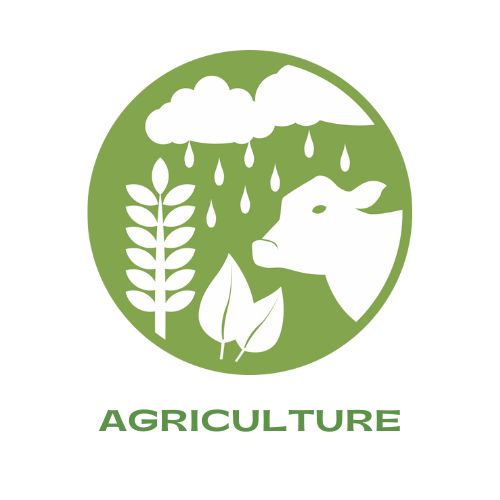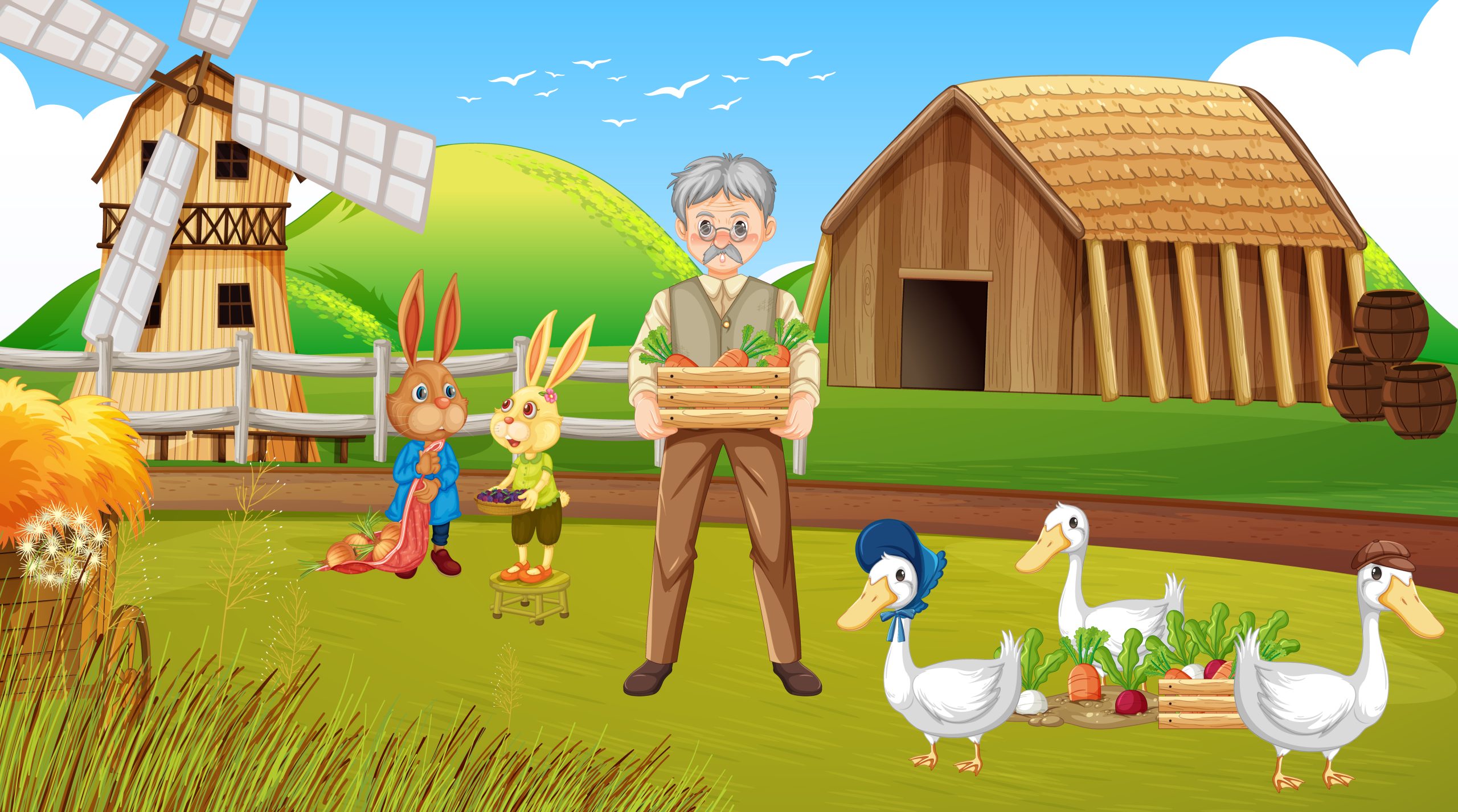In the heart of Kenya’s agricultural landscape, a pressing challenge looms large: the need to bridge the skills gap in agricultural education. As the industry continues to evolve amidst technological advancements and changing environmental conditions, it’s imperative to equip the workforce with updated skills and knowledge. In this feature, we delve into the challenge, shed light on common limitations, and explore innovative ways to address this critical issue.
The Challenge: Bridging the Skills Gap
At the heart of the challenge lies the rapidly evolving nature of agriculture itself. With new technologies and practices emerging at a brisk pace, the current workforce often finds it challenging to keep up.
Here are some key factors hindering progress:
1. Outdated Curriculum: Traditional agricultural education in Kenya frequently relies on outdated curriculum and practices. This leaves learners ill-prepared for the demands of modern agriculture.
2. Limited Access to Resources: Access to essential educational resources, including training programs, modern equipment, and up-to-date information, remains limited for many aspiring farmers and agricultural professionals.
3. Resistance to Change: In some quarters, there’s resistance to adopting innovative methods and technologies. Embracing new approaches can be a formidable hurdle for both individuals and institutions.
4. Financial Constraints: For many, the cost of acquiring new skills or updating existing ones presents a substantial barrier. This is particularly true in regions with limited economic resources.
Innovative Solutions: Nurturing Kenya’s Agricultural Future
To tackle the skills gap and revitalize agricultural education in Kenya, innovative approaches are gaining momentum. Here are some promising strategies:
1. Flexible Online Education: Online courses and resources are emerging as a game-changer. They provide flexibility for learners, allowing them to access agricultural education at their convenience, regardless of location.
2. Collaborative Learning: Collaboration is key. Encouraging knowledge sharing and peer-to-peer learning through digital platforms can expand skill sets and foster a sense of community among learners.
3. Digital Agriculture Tools: Embracing modern agricultural technologies, such as precision farming tools and data analytics, is essential. Integrating these technologies into education prepares students for the future of farming.
4. Financial Support: Initiatives that offer scholarships, grants, and funding opportunities can help individuals overcome financial constraints and embark on a journey of agricultural education.
5. Industry Partnerships: Collaborations with agricultural companies and organizations are proving invaluable. They provide students with real-world experience, access to the latest industry insights, and opportunities for hands-on learning.
As Kenya’s agricultural sector strives for greater sustainability and productivity, the transformation of agricultural education becomes a paramount endeavor. Innovative solutions that prioritize adaptability, accessibility, and relevance hold the key to preparing a new generation of agricultural leaders and ensuring the future prosperity of Kenyan agriculture. The time for change is now, and together, we can cultivate a brighter future for Kenya’s agriculture.













